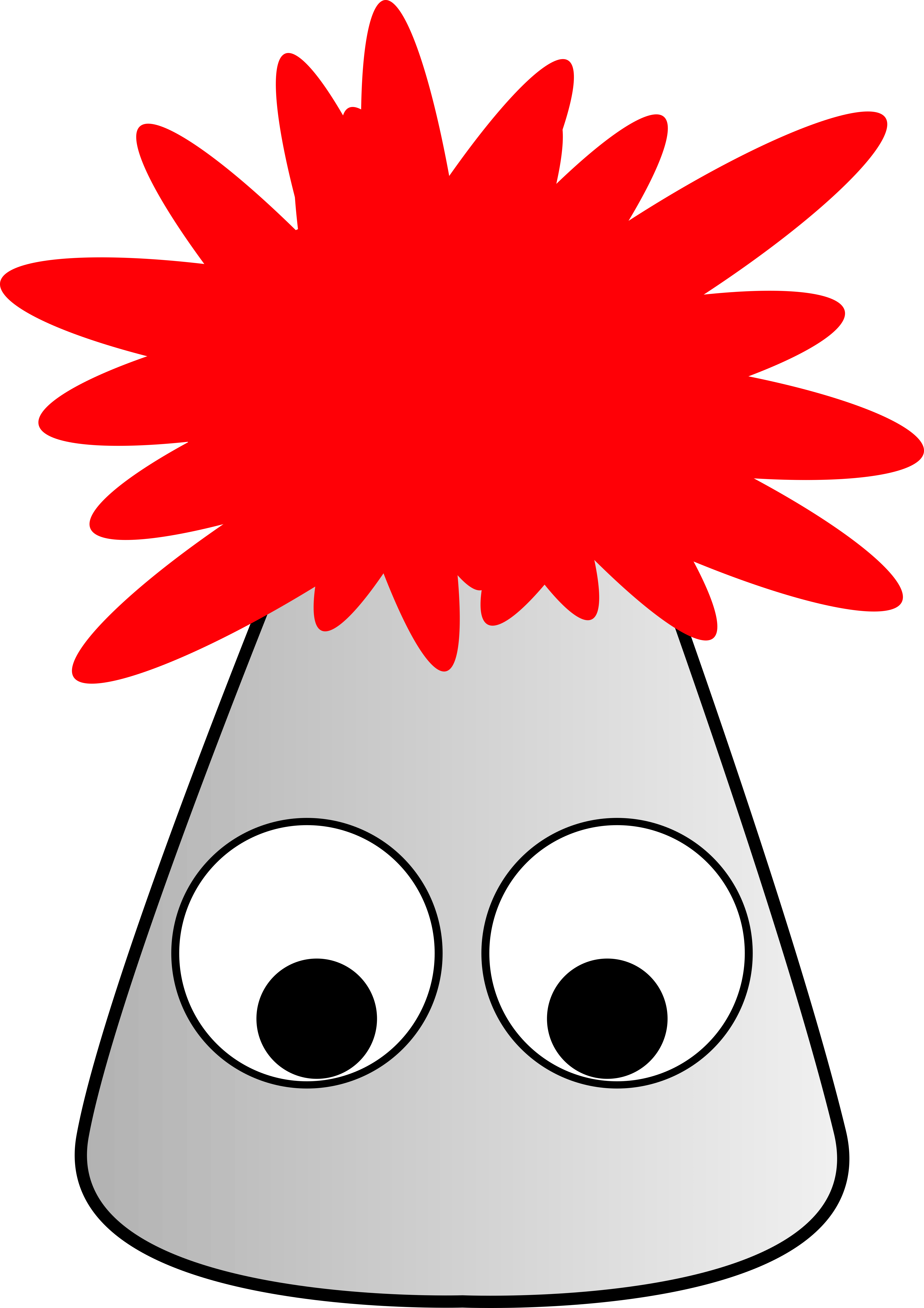 Reading Notes for Chapter 12
Reading Notes for Chapter 12 Reading Notes for Chapter 12
Reading Notes for Chapter 12Organic nomenclature is a very powerful tool. Just by looking at the systematic name of an organic compound, we can write out a structural formula of the organic molecule. For straight-chain alkanes, the name consists of a prefix that tells us how many carbons there are and the suffix "ane". These all have the formula "CnH2n+2".
| Number of Carbons | Name | Formula |
| 1 | methane | C1H4 |
| 2 | ethane | C2H4 |
| 3 | propane | C3H8 |
| 4 | butane | C4H10 |
| 5 | pentane | C5H12 |
| 6 | hexane | C6H14 |
| 7 | heptane | C7H16 |
| 8 | octane | C8H18 |
| 9 | nonane | C9H20 |
| 10 | decane | C10H22 |
Alkane
name flashcards on Quizlet
Starting with a straight-chain alkane, any hydrogen can be replaced by a carbon-containing chain. The name is based upon the longest continuous carbon chain with the side chains named according to the number of carbons and the position of the substitution.
Look out for... sometimes, we can draw things so they look like branched chains, but they're not actually branched. Always count the longest continuous carbon chain to determine the "root" of the name.
The position of the branch is given by a number. A couple things about those numbers...
Spend some time on this! Once you understand some nomenclature, you can predict a lot about a substance based only on its name. Look at ingredient labels on your food or other things you might buy... there are a lot of organic chemicals out there and the more experience you have with their names, the more those names will start to make sense.
Because some organic substances have been known by humans for a very long time, there are always going to be some "common names" floating around. Don't get too wrapped up in finding and memorizing the sometimes-esoteric common names, focus on recognizing the systematic names. For example, any time you see "methyl" in a chemical name, you know that there must be a "-CH3" group somewhere.
Isomers - substances with the same chemical formula but different shape or connectivity. Pentane, 2-methylbutane, and 2,2-dimethylpropane all have the chemical formula C5H12, but they have different structures. These represent isomers.
Alkanes are non-polar, so they do not tend to mix with water or dissolve ions.
Longer-chain alkanes are oils, greases, and waxes.
The melting and boiling points of alkanes are (generally) correlated to their length... the longer the chain, the higher its melting and boiling point. As with all things, there are some exceptions, but this is a pretty reliable general rule.
Any alkane will burning in the presence of oxygen to form carbon dioxide and water ("combustion"). If there is not enough oxygen present, combustion can form carbon monoxide which is very dangerous.
Alkanes can also form rings with the formula "CnH2n".
A ring represents a "degree of unsaturation". A straight-chain alkane is often referred to as "saturated" because it has the maximum number of hydrogens bound to it and has a chemical formula of the form "CnH2n+2". You often hear about "saturated fats" in nutrition... these are fats that have alkane chains! Every time a "degree of unsaturation" is added to an alkane, it removes 2 hydrogens. We'll look at other "degrees of unsaturation" in future chapters.
